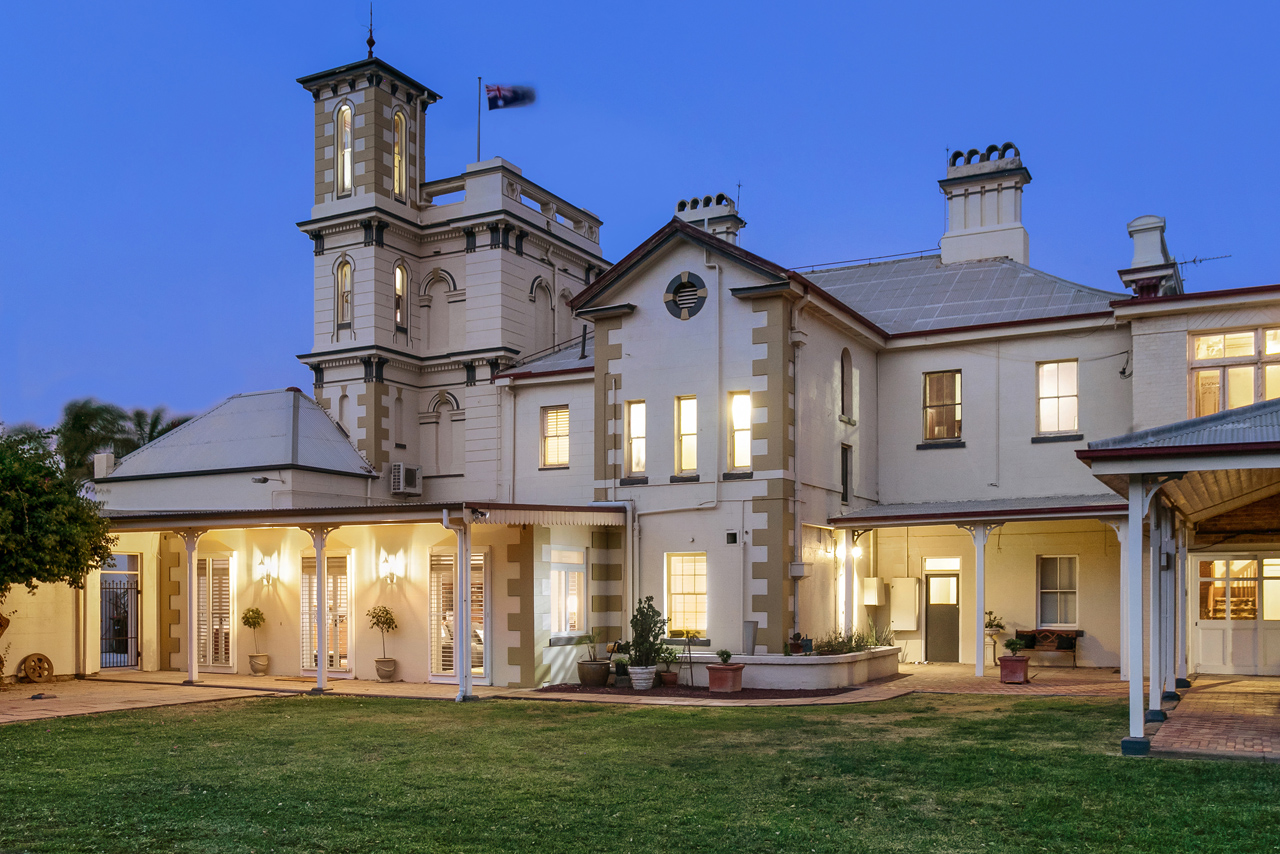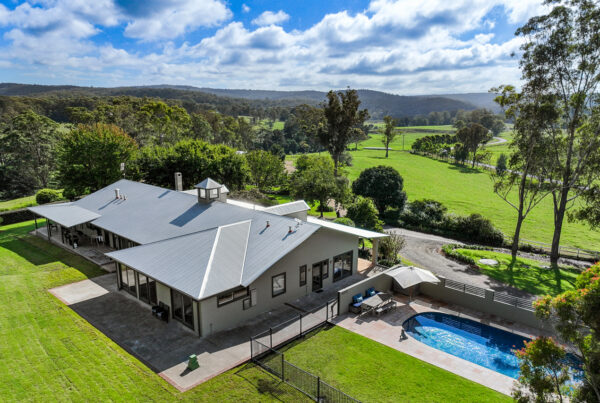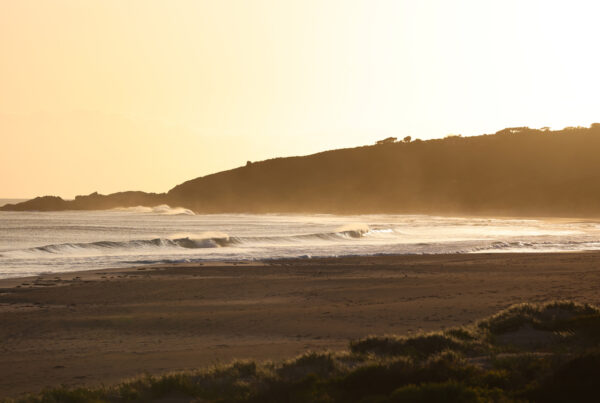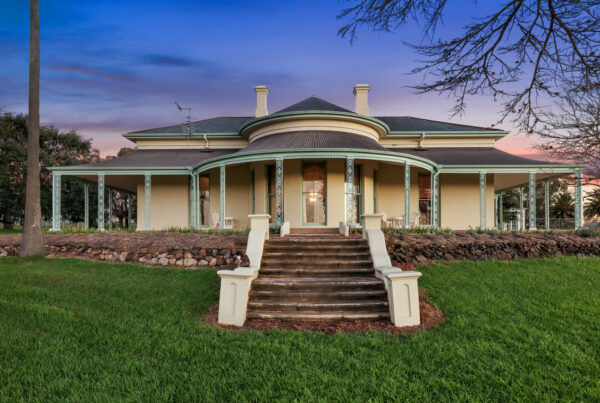— Editorial —
Historic Singleton mansion Baroona hits the property market.
HARD on the heels of the offering late last year of Baerami House near Denman, another illustrious Hunter Valley ‘pile’ has hit the market with the listing of the Singleton district landmark, Baroona.
Known locally as ‘The Castle’ for its imposing scale and grandeur, Baroona is today owned by Singleton mining equipment manufacturer Tony Poke and his wife Gaylene, who bought it in 2011.
They are only the seventh owners to hold the property since the original homestead – extended and embellished many times since – was built nearly two centuries ago, in 1829.
For much of the intervening time, Baroona was owned by successive generations of the Dangar pastoral pioneering family, whose original family seat, Neotsfield, is close by.
Now the Pokes are looking to scale down and they have listed Baroona for sale with Deborah Cullen and Richard Royle of Cullen Royle.
Set on 33 hectares of land at Whittingham, seven kilometres south of Singleton, and 2.5 hours’ drive from Sydney, Baroona is regarded as a classic example of pastoral boom-time architecture.
It started out as a modest brick homestead called Rosemount in 1829 by John Larnach on the 1600ha Castle Forbes Estate of his employer, and later father-in-law, Major James Mudie.
The property’s transformation into the present-day grand mansion began in 1869 when Rosemount was bought by Albert Dangar, one of five sons of the colonial surveyor and pastoralist Henry Dangar.
Renaming the property Baroona, Dangar engaged the architect Benjamin Backhouse in 1871 to restore and extend the original building, resulting in two new wings being added. Further additions followed during the 1880s and ’90s, including a tower with viewing platform and spiral staircase designed by Frederick Menkens and a brick stable block by John Horbury Hunt.
Fastidiously maintained by the present owners, the homestead is of double-brick rendered construction on sandstone footings, set on a rise with views over the Hunter Valley to the ranges beyond. Entry is via a gatehouse with two bedrooms and living areas, followed by a driveway lined with jacarandas.
The house overlooks an extensive semi-circular lawn bordered by a stone wall and carriage drive, and is flanked by a swimming pool and glasshouse.
The main building has seven bedrooms, five bathrooms, formal lounge and dining rooms, a billiard room and a flagstone verandah. Upstairs is a private suite comprising a bedroom, bathroom and sitting room where the future King Edward VIII laid his head while visiting as Prince of Wales in 1920.
Internal features include cedar joinery, high ceilings, ornate plasterwork, marble fireplaces and two convict-built cellars.
The Horbury Hunt stables were the 1929 birthplace of Peter Pan, two-time Melbourne Cup winner in 1932 and 1934 for Rodney Dangar (Albert’s son).
Following a third unsuccessful tilt at the Cup in 1935, Peter Pan was retired to stud until put down after breaking a leg in 1941. He is buried on the property.
Well suited to recreational or stud horses and cattle, the property is watered by six dams, bores and a town water connection.




